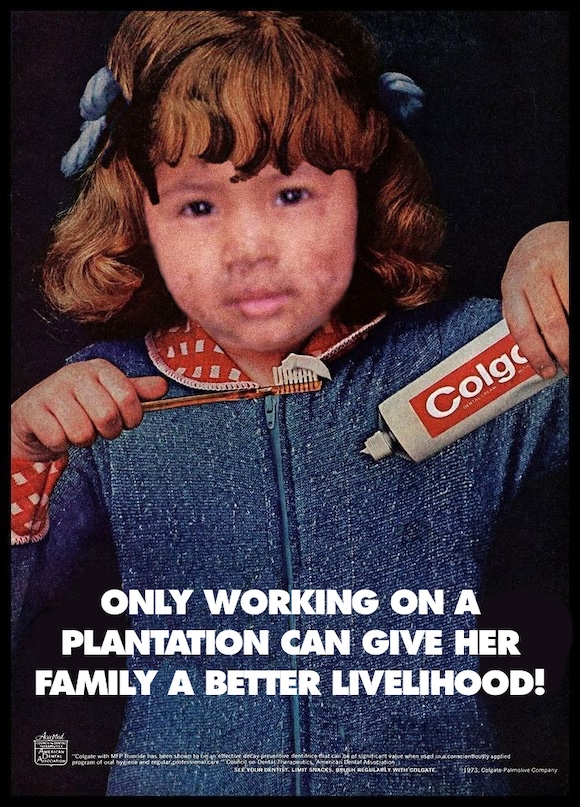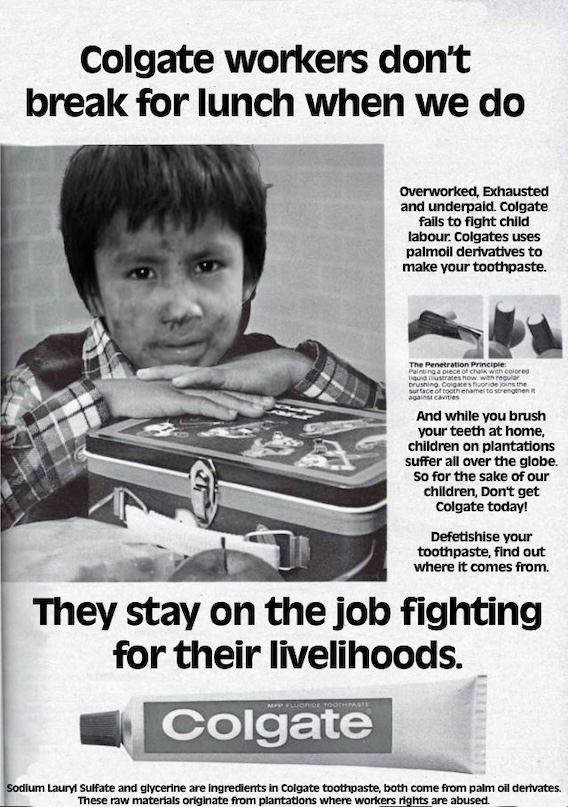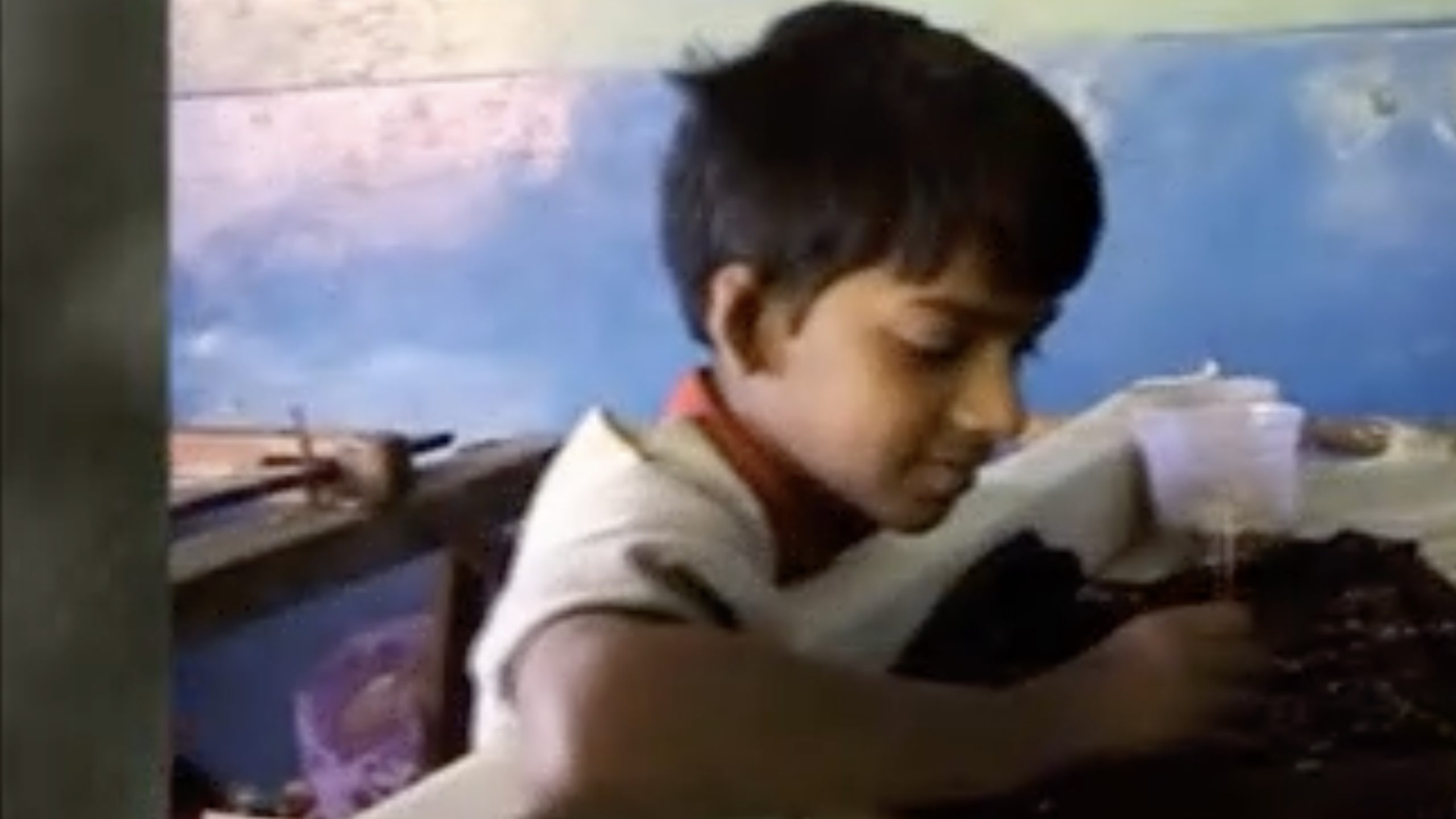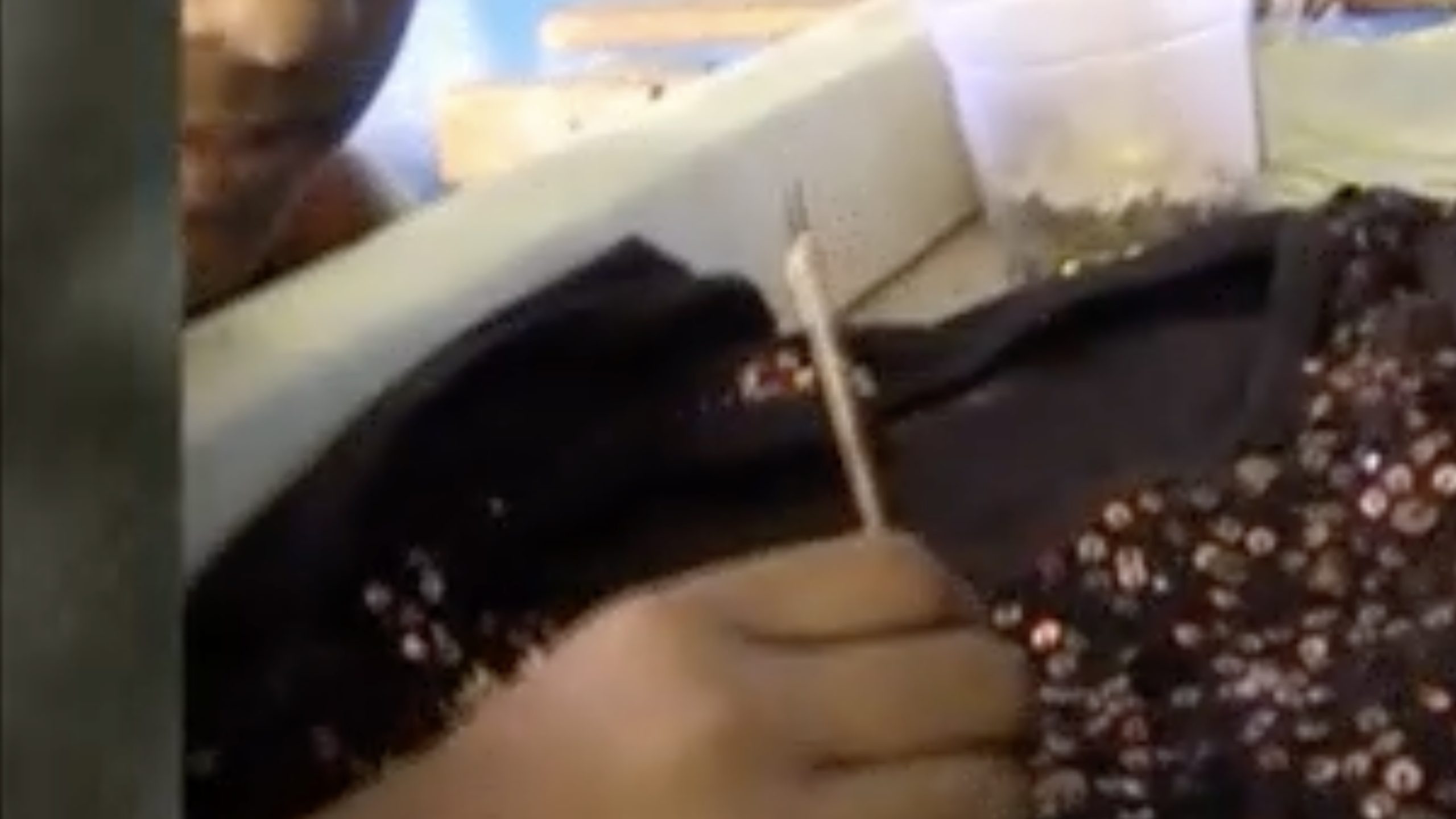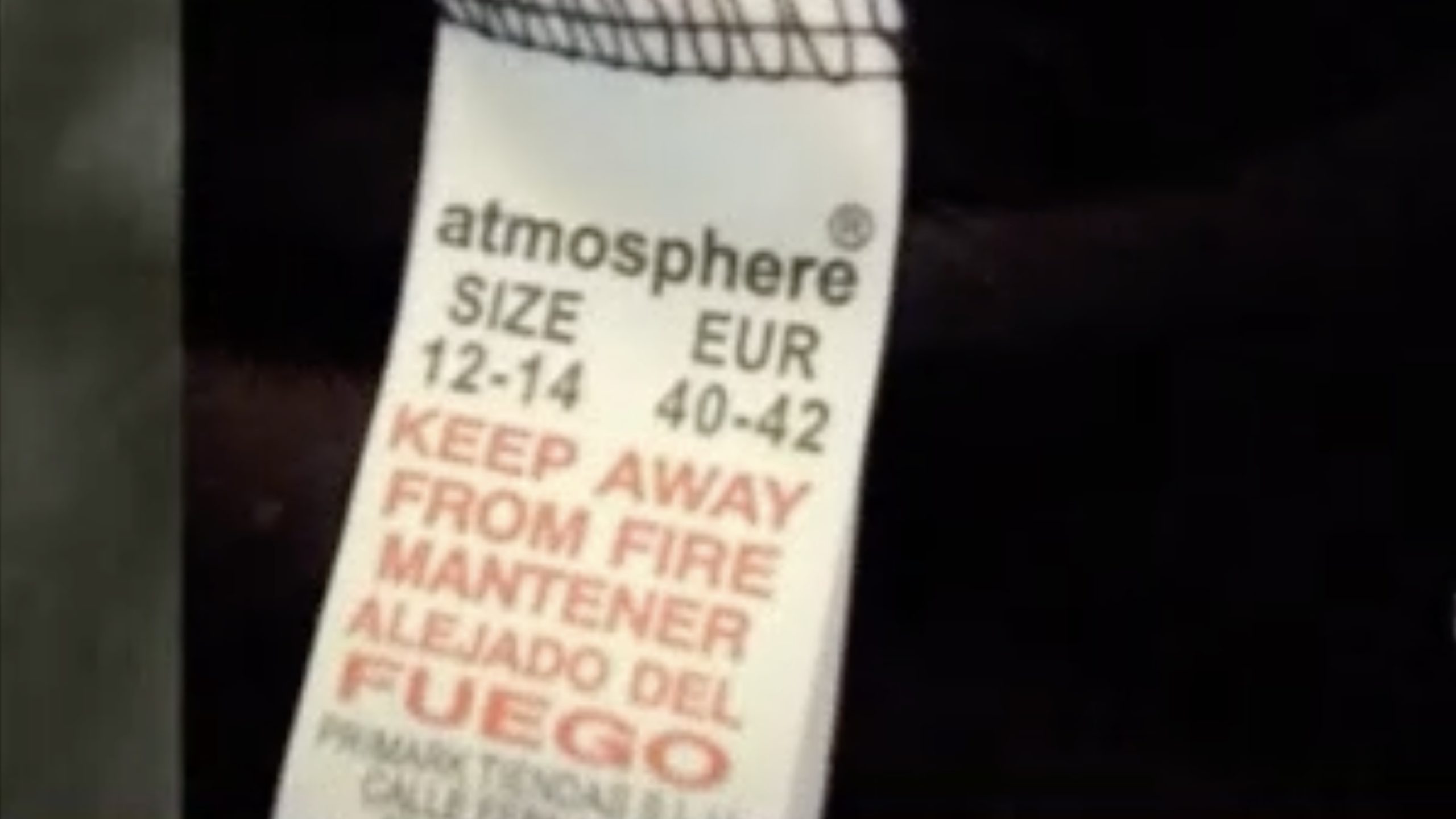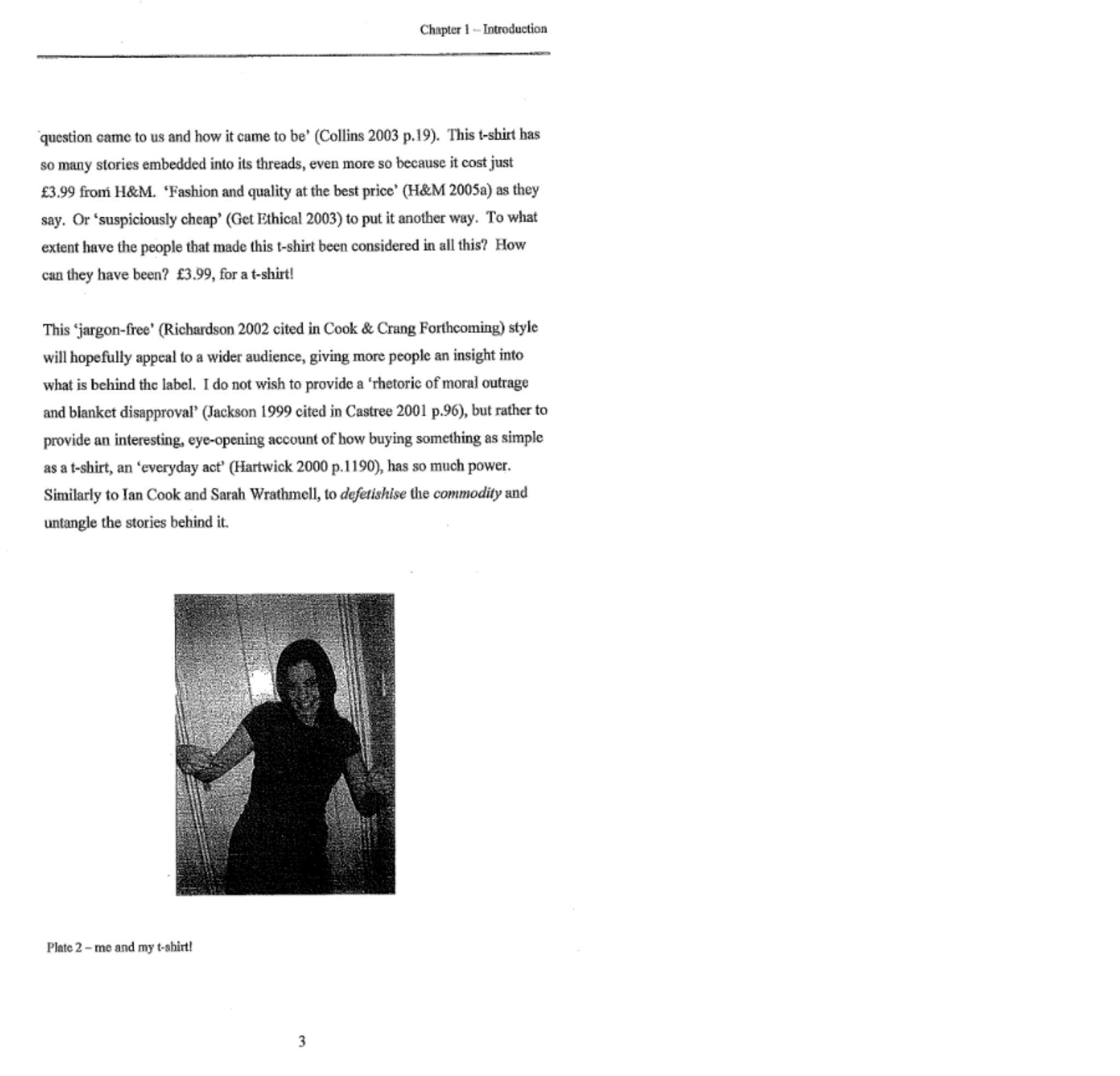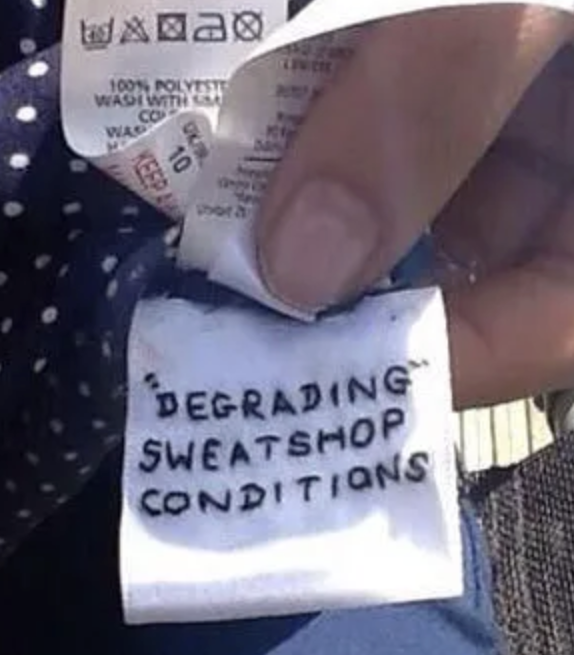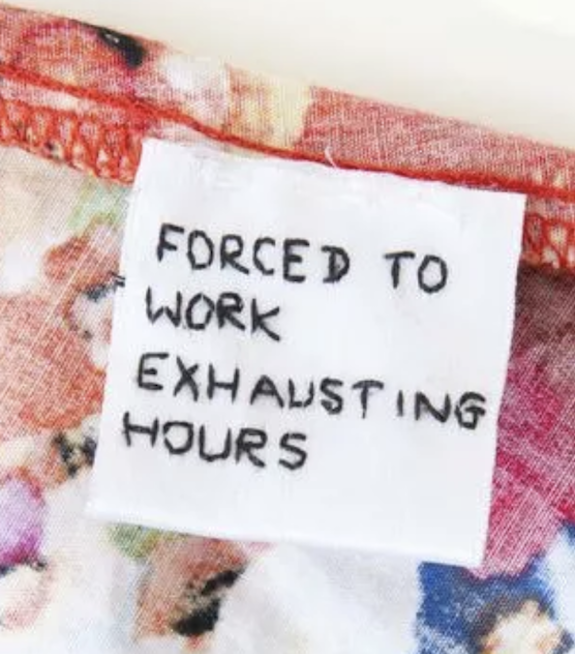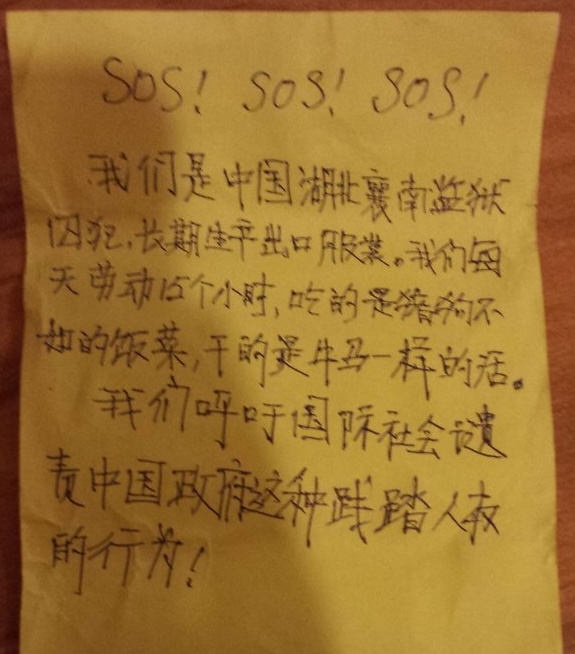
followthethings.com
Grocery
“Black Gold: Wake Up & Smell The Coffee“
A documentary film directed by Marc & Nick Francis, starring Tadesse Meskela, for Speak-It Films & Fulcrum Productions.
Trailer embeded above. Rent or buy on Vimeo here. Search streaming availability here.
At a time when coffee shops are appearing on every street corner in the Western world and the home of the world’s finest coffee beans is mired in poverty, British filmmakers Marc and Nick Francis don’t want to make yet another documentary about Ethiopia needing Western aid. They want to show Tadesse Maskela, a representative of an Ethiopian coffee co-operative, as he travels the world trying to get a better price for his farmers’ coffee. Tadesse is irritated that importers such as Starbucks are making massive profits from this coffee while the people who grow it in ‘the home of coffee’ don’t even have schools, clean water or healthcare. This is a fascinating ‘follow the people’ documentary because it chooses to follow a producer as they try to find where the commodity the grow and sell ends up, and who profits from them. It’s not a guilty consumer trying to find who made their stuff. It stars an African man on a quest in the Global North, looking for his coffee on the shelves of a British supermarket, asking questions not only about where the coffee goes, but where – and by whom – the profits from its trade are generated and enjoyed. How will people explain to him the extraordinary inequalities in wealth and poverty along the coffee supply chain? From his perspective, this doesn’t make sense.
Page reference: Blayne Tesfaye & Julia Potter (2012) Black Gold: Wake Up & Smell The Coffee. followthethings.com/blackgold.shtml (last accessed <insert date here>)
Estimated reading time: 26 minutes.
Continue reading Black Gold: Wake Up & Smell The Coffee
